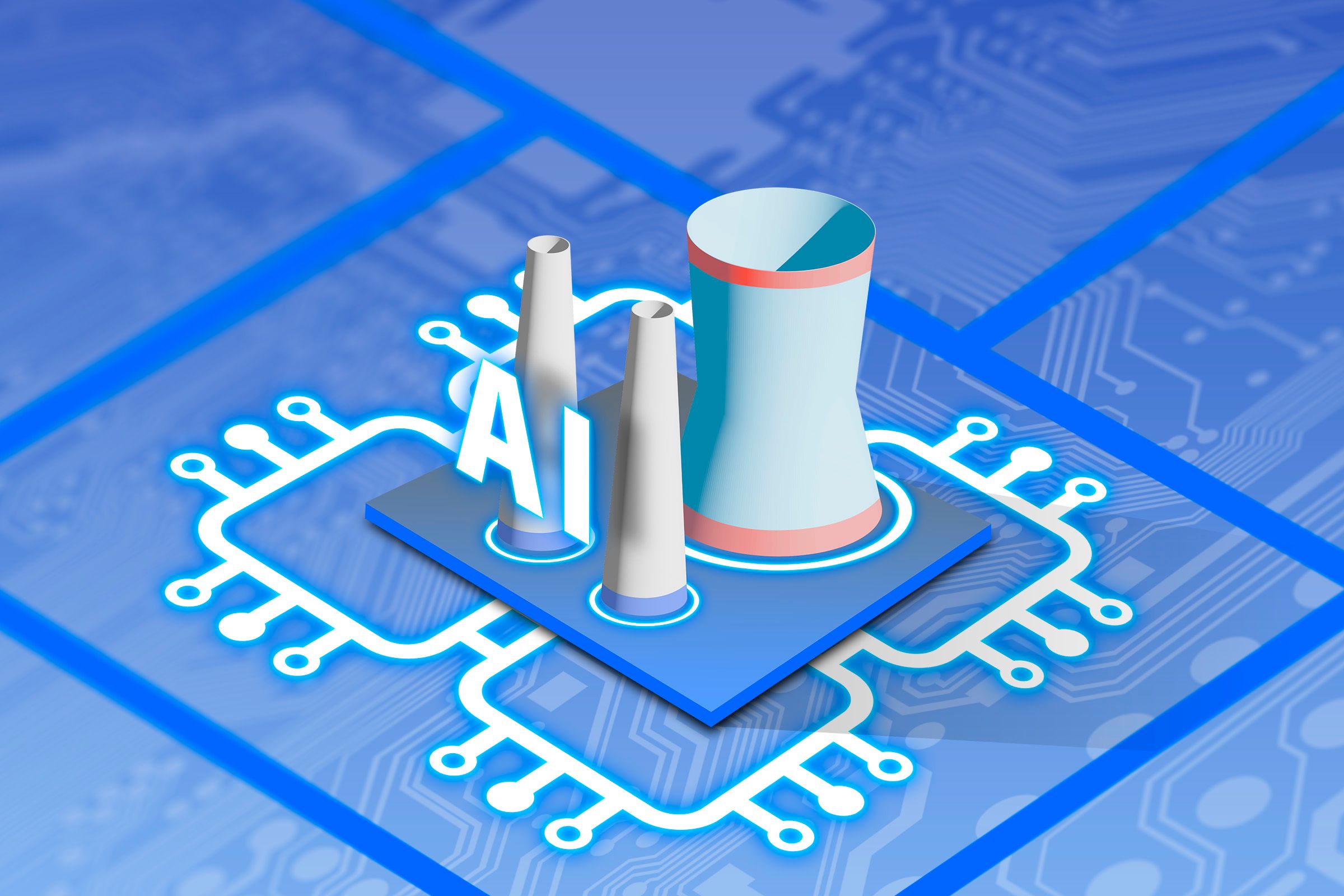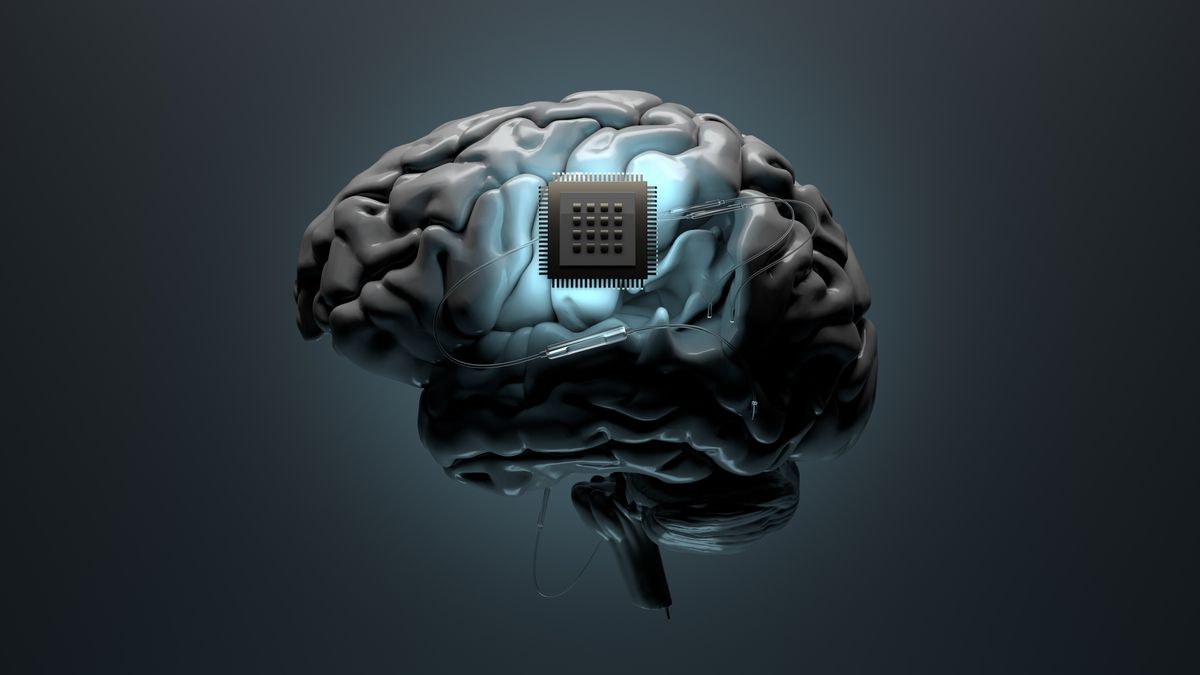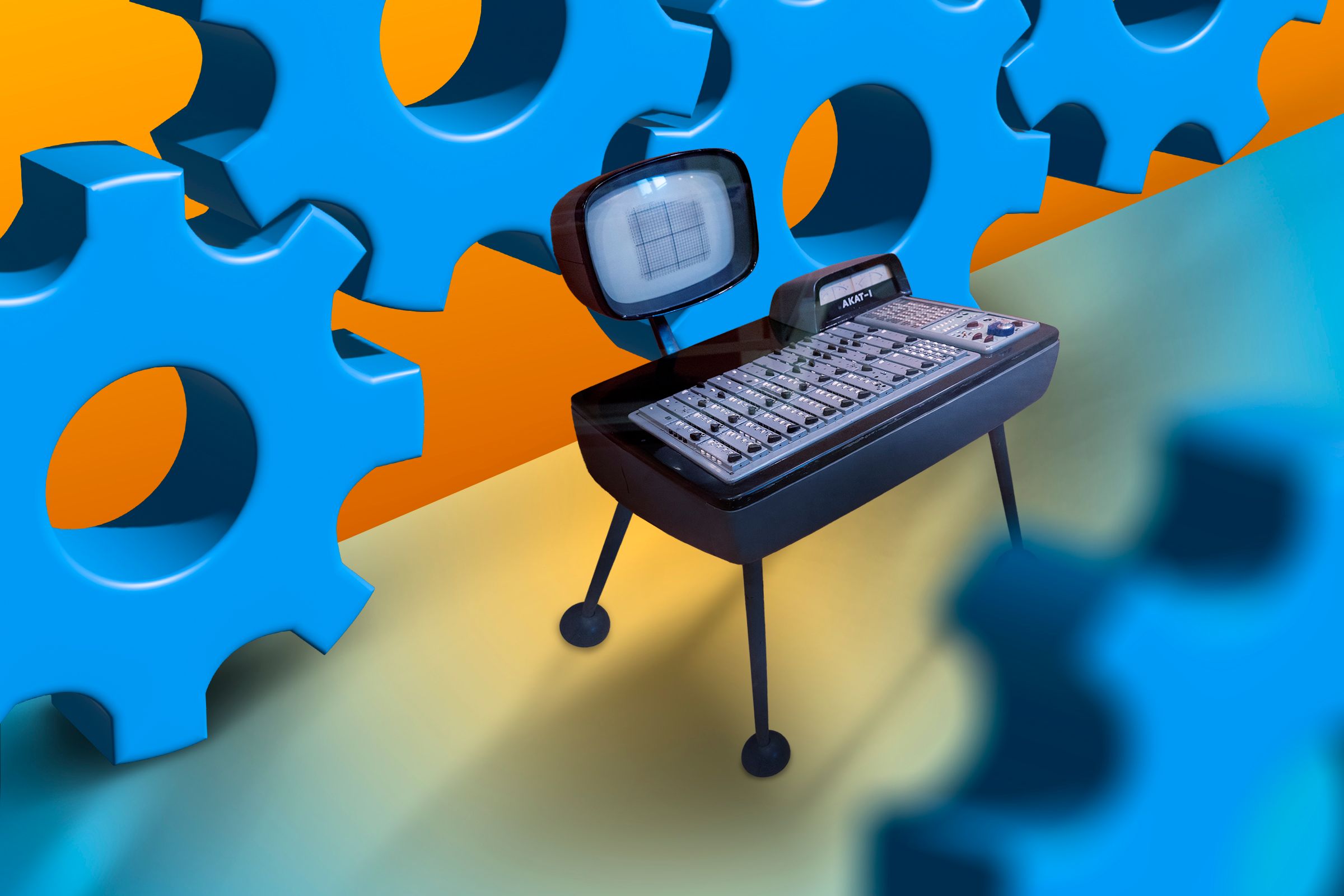Summary
- Wetware computers use human brain cells and have faster learning capabilities using less energy.
- Cortical Labs offers the CL1, a biological computer for research.
- Wetware devices are the next step to understanding our brains better yet face challenges like scalability and ethical implications.
Is the brain a computer? The answer depends on who you ask, but the truth is that when it comes to certain jobs, good old brain matter is much better than silicon chips. Our “wetware” often has the edge in flexibility if not outright speed.
So, instead of trying to replicate what biological brains do with a digital computer, why not just build a wetware computer that can give you the best of both worlds? Scientists and engineers have been working on this for decades, and today, if you have enough cash in your pocket, you can buy a wetware computer.

Related
What Is an LLM? How AI Holds Conversations
LLMs are an incredibly exciting technology, but how do they work?
Wetware Isn’t a Fantasy Anymore
The term “wetware” probably saw its earliest use in Timothy Leary’s Info-Psychology first published in 1989. In one of the appendices he used the word to refer to the brain. Rudy Rucker used the term in his novels, including a novel called Wetware, and the term has become a staple in cyberpunk fiction.
However, it wouldn’t stay on the pages of fiction for long. In 1999, William Ditto and his team created a wetware computer made with leech neurons that could do basic addition. The work was never published for peer review, but Ditto continued the work, painstakingly working out how to apply wetware to computer fundamentals like logic gates. The work resulted in the idea of a “choatic” computer chip, where, unlike the fixed logical structures of a silicon chip, the neurons can dynamically reconfigure themselves as needed—a learning computer.
In 2005, scientists from the University of Florida succeeded in training rat neurons cultured in a dish to operate an F-22 fighter jet simulator.
In 2021 researchers, some of whom from Cortical Labs which I’ll discuss shortly, were able to cultivate human neurons in a dish, and then train them to play the game Pong. While it couldn’t play as well as traditional AI software, this demonstrated that wetware systems could learn faster and use far less energy to do so.
Now, as we zoom in on the present, you can order a computer that contains human brain cells, and start computing with it.

Related
“Meatspace” is a classic online term that’s gradually fallen out of favor, but you can still use it!
Say Hello to the CL1 From Cortical Labs
This is the Cortical Labs CL1, what the company refers to as “The world’s first code deployable biological computer.”
Inside this box are real cultivated human neurons, a life support system, and a silicon chip substrate that the neurons grow across, allowing the chip to send and receive electrical impulses. The traditional electronic computer system presents the neurons with a simulated world, creating whatever “environment” you want them to experience. In essence, you can write code that’s translated to the neurons and get an output. What that code does and what your purpose is, is up to you.
The CL1 is completely self-contained and can keep the neurons inside alive for up to six months without intervention, according to its marketing material. Cortical Labs is marketing the CL1 as a way to study learning and brain function, or to reduce or eliminate animal testing in some forms of research.
While you can buy a CL1 for yourself, Cortical Labs also offers “wetware as a service”, which basically means they have racks of these biological computers in a data center of sorts, and you can pay for time to mess around with the brain cells inside. How much? The price is estimated to be around $35,000.

Related
Build Your Own Second Brain: How to Create a Personal Wiki with Obsidian
Obsidian is a great management tool for organizing your thoughts.
What’s the Point of a Biological Computer?
As advanced as it seems (and it is), the CL1 is a very early example of a wetware computer. We’re talking Altair 8800 level of progress in the grand scheme of things, so what it can ultimately be used for is relatively limited.
Future wetware systems are likely to be a completely different story and Cortical Labs, as an example, is chasing the holy grail of a “minimally viable brain”. A real brain isn’t just a bunch of neurons. It consists of complex substructures, with specialized and differentiated neurons, that all add up to much more than the apparent sum of their parts. So one key breakthrough will be finding what the minimum number of brain cells of each type and in each role you need before you have a functional brain is. Something capable of doing the work you need.
Neurons are the product of billions of years of evolution, and they can learn very quickly while using very little energy. Consider that the human brain uses about 20W of power to do what it does, yet we’re contemplating starting up old nuclear reactors to meet the demand of AI data centers.

Related
Could Tiny Nuclear Reactors Solve AI Energy Needs? Microsoft and Google Seem to Think So
Big Tech is about to go nuclear.
Wetware could rapidly help show what the most energy-efficient neural net is for a given problem, and form it more rapidly than expensive artificial neural net training methods. This can then be emulated using nonbiological systems.
Wetware is also likely to play a significant role in the development of brain-computer interfaces. Which will make things like prosthetic limbs, and brain implants more practical. If this technology helps us decode neural “language”, then we open up all sorts of possibilities to meld digital systems with our nervous system.

Related
The Brain-Implant Future Is Almost Here. Are You Up for It?
Neuralink is moving towards human trials of its brain implants. Is it a a good idea to give them a piece of your mind?
The Downsides Are Pretty Serious
It’s important not to undersell what Cortical Labs has achieved here. Bringing a wetware device to market required overcoming some significant speed bumps. The biggest problem is that neurons are fragile; They die all the time, even when everything is fine, and if you cut them off from oxygen, nutrients, or waste removal, they’ll be dead real fast.
So having a system that promises to keep those brain cells alive for up to half a year in a self-contained system is maybe the biggest news here. Biology can be unpredictable and unreliable, which limits adoption. So far it looks like the CL1 has licked this central concern. At least, that’s what its creators promise.
It’s also still unclear how wetware will scale up. The idea of finding a minimal viable brain is a promising one, but real, fully-functional natural brains are insanely complex, with trillions billions of neurons and trillions of interconnections. What we know about the function of the brain is a fraction of what we don’t know. Though wetware development might actually help us gain more insight into how our own brains work.
The Ethical Elephant in the Room
One unique potential issue with wetware is that we are working with living brain cells, so there is the chance that these cells will organize into something that can have conscious experiences and, by extension, has the potential to suffer.
This isn’t just some pie-in-the-sky concern either. Companies that are working to build computing devices using real neurons have to anticipate this possibility, and put in guardrails to reduce the chances of this happening, or at least create ways to know if the tiny brain you’re growing in a petri dish has suddenly woken up.
I say this is a “unique” wetware issue, but in principle, the same thing could happen with sufficiently complex simulated neural networks, or networks built out of nonbiological matter. Which brings us neatly to…
The Alternatives
Using binary code computers to simulate neural networks is pretty inefficient, but these computers are fast, durable, and easy to produce in massive quantities. Real neural networks made from neurons are energy efficient and learn rapidly, but they are fragile and tough to scale. So is there some middle ground here?
One approach is the so-called “neuromorphic” chip. Intel’s Loihi 2 is a prime example of this technology. These chips combine the attributes of neurons with the reliability and speed of silicon.
Australian researchers from the University of Sydney (no relation) managed to build physical neural nets from microscopic silver wires. This neural net was able to learn in real-time, beating out comparable virtual neural networks in efficiency.
Researchers from Osaka University and Hokkaido University are working on neuromorphic wetware. A phrase could have come straight out of a Gibson novel. These are artificial polymers that are inspired by biological neurons, but don’t have the weaknesses of the flesh, so to speak.
Again, whether the substrate is made from proteins or plastics, we’re still looking at the same broad ethical and safety concerns, but at the same time, the problem of energy-efficient artificial intelligence that can learn rapidly is being attacked from multiple sides, so maybe those buying into something like the CL1 will pay the heaviest early-adopter tax of all.

Related
The Early-adopter Tax Is Higher Than Ever, So Stop Paying It!
There’s no upside to being first anymore.








